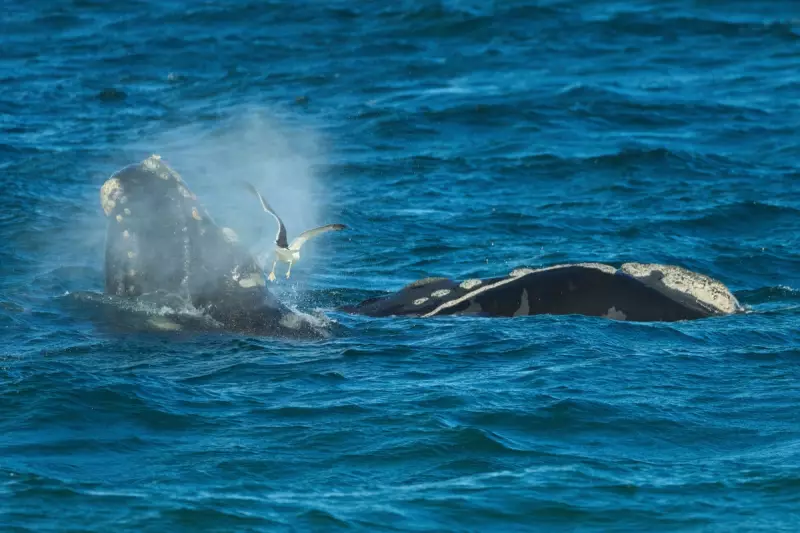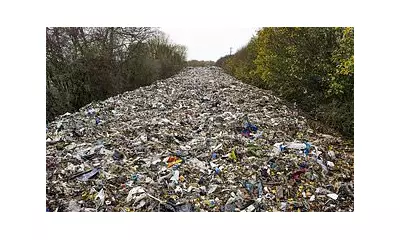
In one of the most remarkable environmental turnarounds of our time, Argentina's vast Patagonian steppe has undergone a miraculous transformation from arid desert to thriving wetlands. This stunning reversal of desertification stands as a powerful testament to what dedicated conservation efforts can achieve.
The Great Dry-Out: Patagonia's Environmental Crisis
For decades, the Patagonian region faced severe environmental degradation. Rampant overgrazing by sheep, combined with aggressive farming practices, had stripped the landscape of its natural vegetation. The once-fertile grasslands gradually turned to dust, with desertification spreading across the region at an alarming rate.
Local communities watched helplessly as their ancestral lands deteriorated. Water sources dried up, wildlife disappeared, and the very livelihood of the region hung in the balance. The situation seemed increasingly dire, with many experts fearing the damage might be irreversible.
The Turning Point: Conservation Efforts Bear Fruit
The transformation began when conservationists and local communities joined forces to implement sustainable land management practices. Key interventions included:
- Strategic reduction of livestock numbers to prevent overgrazing
- Implementation of rotational grazing systems
- Reintroduction of native plant species
- Protection of natural water courses
These efforts, combined with favourable weather patterns, created the perfect conditions for nature to begin healing itself. Slowly but surely, the landscape started to recover.
A Wetland Wonderland Reborn
Today, the results are nothing short of spectacular. Where cracked, barren earth once dominated, lush wetlands now flourish. Crystal-clear streams meander through vibrant green landscapes, supporting a diverse array of plant and animal life that hasn't been seen in the region for generations.
The return of bird species has been particularly notable. Migratory birds that had abandoned the area are now returning in impressive numbers, while resident species are thriving in the newly restored habitat. The wetlands have become an important stopover point for numerous avian species, creating a biodiversity hotspot in what was recently a ecological wasteland.
Global Implications and Future Prospects
This environmental success story offers hope for other regions battling desertification worldwide. The Patagonian example demonstrates that with proper management and community involvement, even severely degraded ecosystems can recover.
Conservationists are now working to ensure the long-term sustainability of this remarkable recovery. Monitoring programs track the health of the wetlands, while educational initiatives help local communities maintain the practices that made this transformation possible.
The rebirth of Patagonia's wetlands serves as a powerful reminder of nature's resilience and humanity's capacity to be stewards of positive environmental change. As one local farmer remarked, "We've witnessed a miracle here - the land has come back to life before our very eyes."





